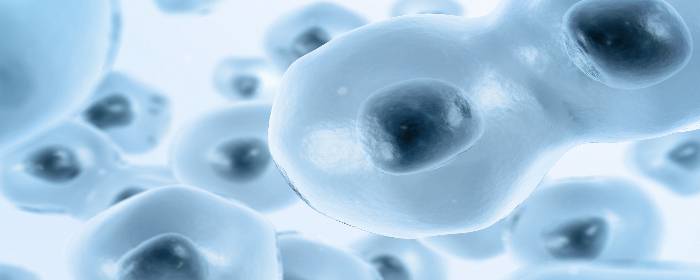For some men with prostate cancer, surgery to remove the prostate gland can be curative. The surgery to remove the entire prostate gland, called radical prostatectomy, can improve survival. If performed early, radical prostatectomy can prevent metastatic prostate cancer. While men who qualify for this surgery often jump at a chance to cure prostate cancer, radical prostatectomy comes with a price—it almost always causes erectile dysfunction. Here we talk about how Stem cells restore erectile function after prostate removal.
Even under the best surgical conditions, most men experience at least temporary erectile dysfunction after radical prostatectomy. While some men can regain erectile function by using oral ED treatments, as many as 3 out of 5 men continue to have poor erections and/or difficulty with orgasm months to years after radical prostatectomy.
In an attempt to find a way to treat this serious issue, researchers in France conducted a clinical trial to test whether mononuclear cells treatment could improve erectile function in men who had undergone radical prostatectomy and developed erectile dysfunction (INSTIN, INtra-cavernous STem-cell INjection clinical trial, NCT01089387). Mononuclear cells are a type of stem cell that can become many other cells, including nerve or blood vessels cells. The researchers collected mononuclear cells from the bone marrow of affected men and injected these cells into the patient’s own penile tissue (i.e. autologous stem cell infusion). The researchers then followed the men for 6 to 12 months to track whether the mononuclear cells helped improve erectile function.
The first phase of the phase 1/2 clinical trial was designed to assess the safety of the treatment. No patients in the trial experienced any side effects from treatment. Likewise, prostate cancer did not return any of the men within one year after treatment (and perhaps longer, the men were only followed for one year at the time of the report).
Within six months of treatment, men treated with the bone marrow stem cells had a significantly better erectile function and satisfaction with sexual intercourse. While the benefit was still present after the 12 months, the erectile function was not quite as good as it was at six months after treatment. This suggests injections may need to be repeated every six months to maintain maximal benefit.
These results are incredibly encouraging for men with erectile dysfunction caused by radical prostatectomy. While future clinical trials should contain a control group and larger numbers of men, these phase 1/2 clinical trial results pave the way for such research. These findings also suggest men who have life-saving prostate cancer surgery may be able to regain erectile function after surgery through stem cell treatment.
Reference: Yiou, R. et al. (2017). Intracavernous Injections of Bone Marrow Mononucleated Cells for Postradical Prostatectomy Erectile Dysfunction: Final Results of the INSTIN Clinical Trial. European Urology Focus. 2017 Dec;3(6):643-645.


 St. Petersburg, Florida
St. Petersburg, Florida
